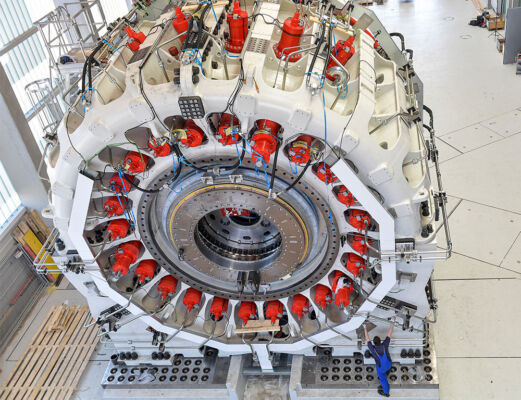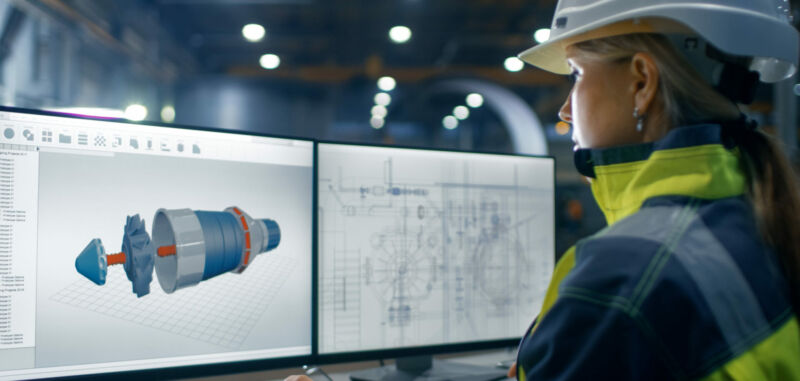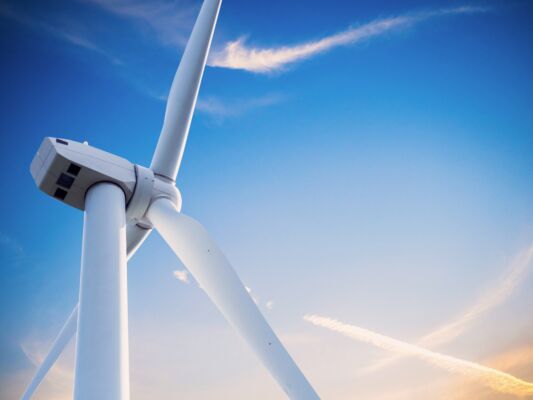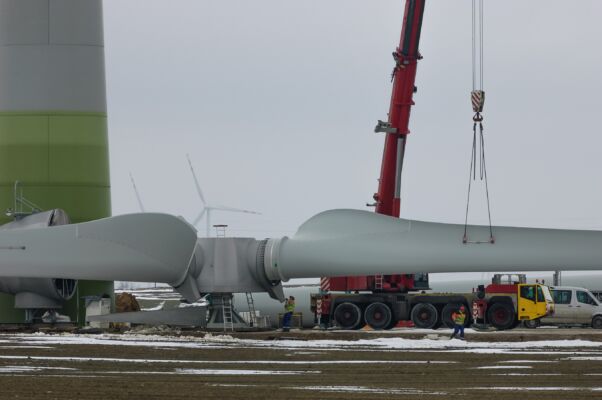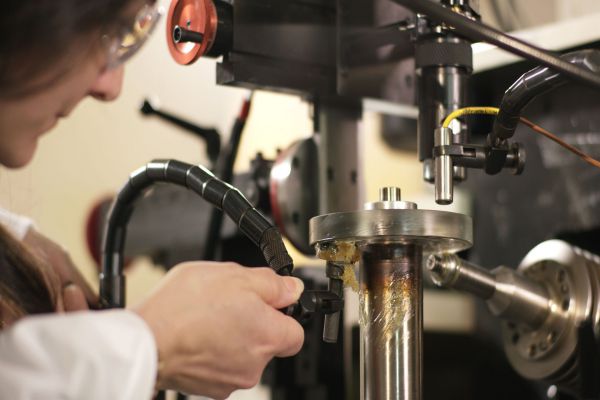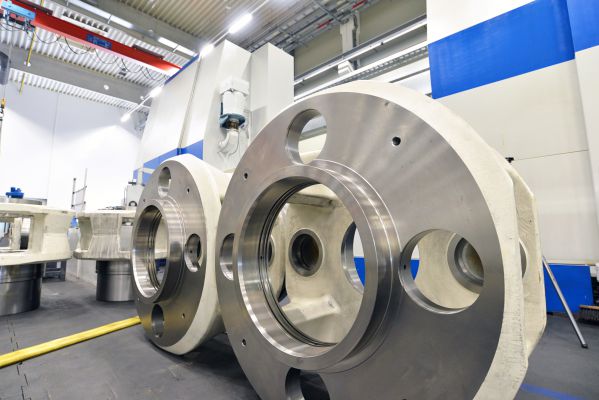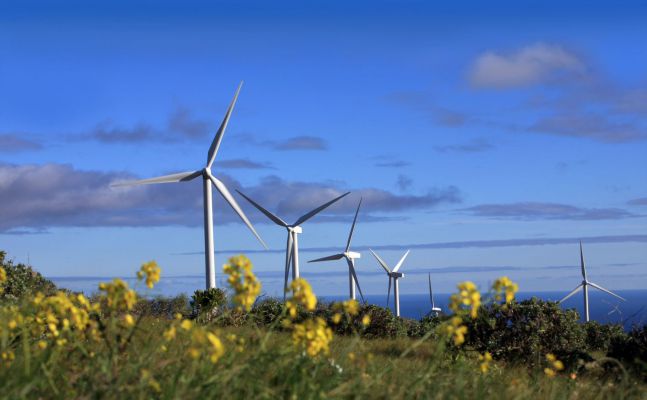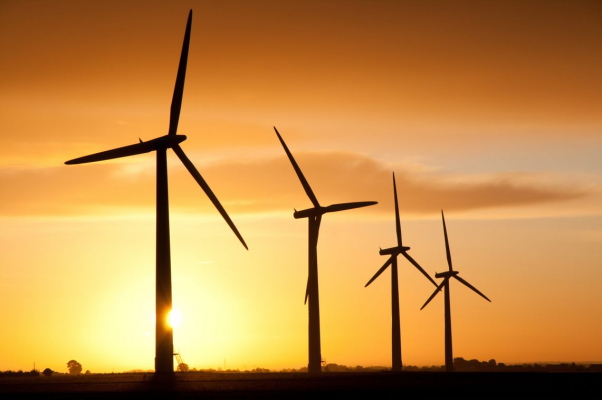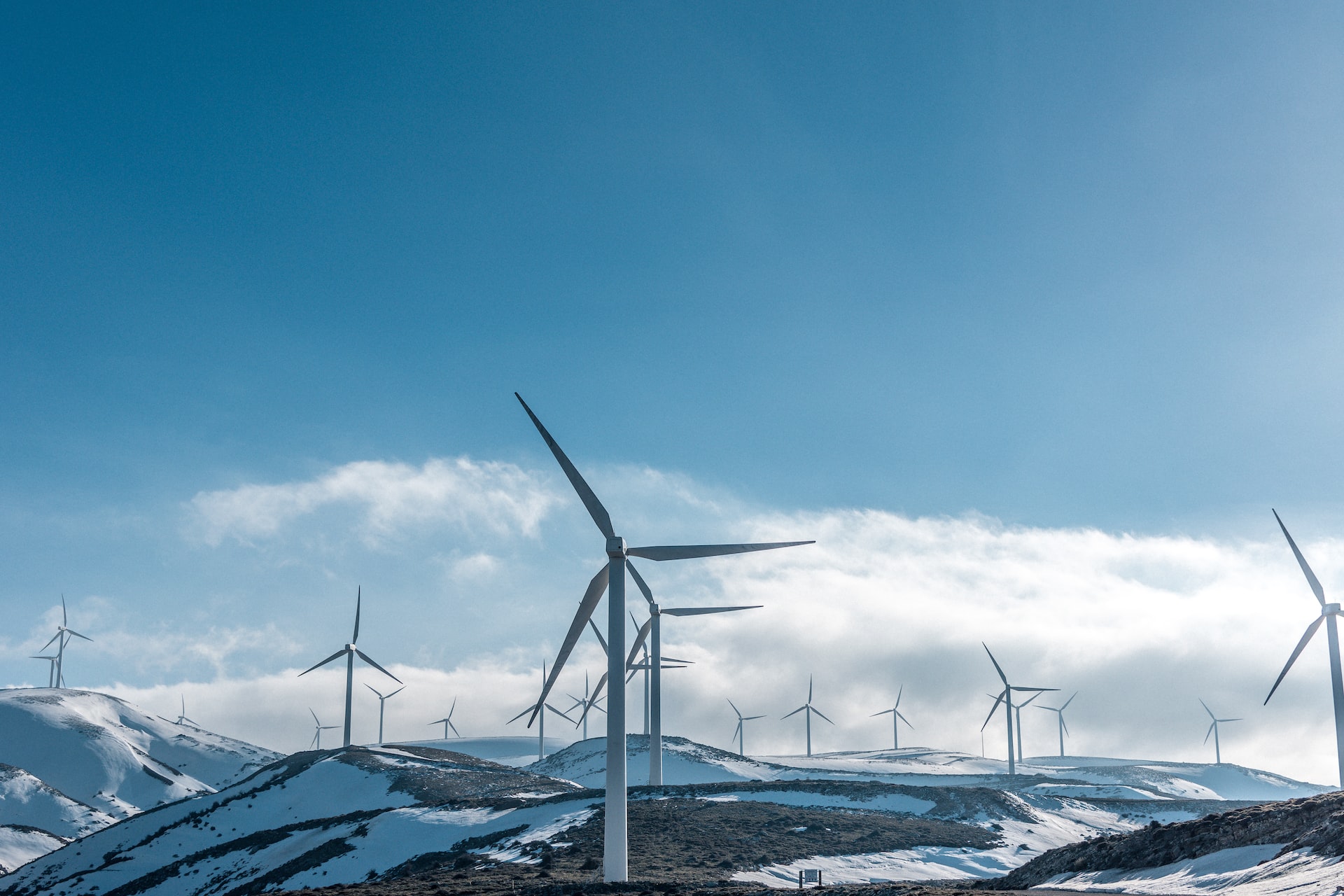Towards Testing 4.0 – How SKF helps shape the future of wind energy
The demand on wind turbines is increasing. It is the same for the roller bearings that enable their smooth operation. These bearings must withstand ever-higher loads, moments, and harsh conditions, while still increasing efficiency and reliability as demand rises. To help companies meet these challenges, SKF analyzes large-scale roller bearing behavior under extreme and real conditions at the Sven Wingquist Test Center.
Demands on modern turbines – How to meet gearbox performance needs
The wind energy sector continuously works to make electricity production more efficient. We are seeing a rise in offshore installations as well as in areas with low winds. The challenge: designing wind turbine components that can withstand these harsh conditions.
High output. Low weight. – Wind energy’s superconducting future
In Denmark, the world's first wind turbine with a high-temperature superconducting material generator was tested as part of the EU-funded EcoSwing project. The new technology promises cost savings and higher performance potential compared to conventional wind turbines thanks to its low weight. Could this be the future of wind energy?
Power potential – What role does power density play in wind turbines?
Wind energy is currently in competition with other electricity sources – both renewable and non-renewable – to establish itself as the world’s leading power source. Only by offering cost-effective, reliable energy will this goal be realized. Increasing power density may give the sector a competitive edge.
What are the chances? – The next step in bearing rating life calculation
Understanding for how long a bearing will be operational is vital for planning wind turbine maintenance and budget allocation. Therefore, this information is key for operators when selecting the right component for their application. Calculations based on statistical models are used to estimate bearing rating life. In this article, the Wind Farm Management Blog analyzes how this process works.
No surprises – The relationship between planning, spare parts, and uptime
At first glance, it would appear vital to stock critical wind turbine components to cover potential breakdowns and minimize downtime. Unfortunately, this isn’t always possible, due to financial constraints or inadequate storage. But what if stockpiling components wasn’t as important as it appeared? Rather, careful maintenance planning and diagnostics may be the deciding factors for consistent uptime.
Optimal protection – How industrial seals can enhance wind turbine reliability
Despite being one of the less noticeable wind turbine features, industrial seals are vital for protecting critical components. They act as the first line of defense against external conditions and contamination while keeping the lubricant in the bearing housing. In this article, the Wind Farm Management Blog will explain the role of seals in turbines.
Only the best will do – What do performance-based contracts offer wind energy?
When a failure occurs in a wind turbine, maintenance tasks can be costly and take time to complete. But what if there was a way to proactively assess costs, risks, opportunities, and benefits to positively impact the levelized cost of energy (LCOE)? Performance-based contracts for operation and maintenance could usher in a new era of reliability in wind energy.
All shook up – Managing vibration in wind turbines
Vibration is normal in most rotating machinery. However, vibration can be detrimental to component health or performance if left to reach abnormal levels and is usually an early indicator of machine failure. What causes problematic vibration levels and how can wind farm operators protect against this?
